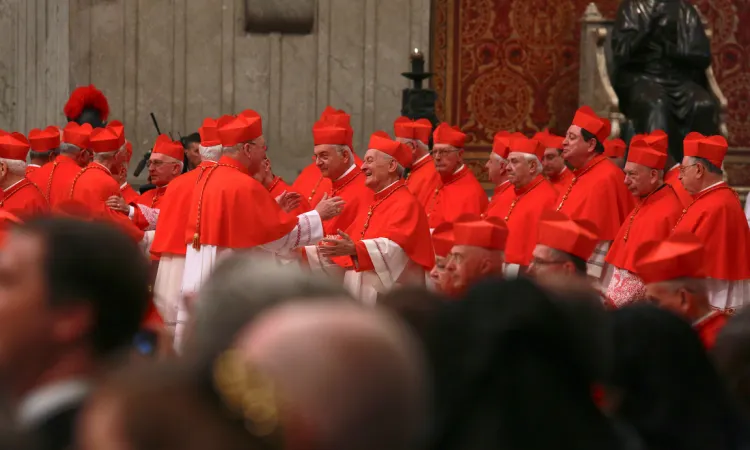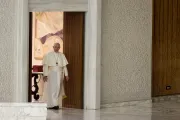The dicastery would come out of the merging of the Congregation for the Evangelization of People and the Pontifical Council for the Promotion of New Evangelization.
There will also be a dicastery of Papal charity, that will absorb the office of the Papal Almoner.
The establishment of a dicastery for Papal charity could be glimpsed by Pope Francis' choice to create a Cardinal Archbishop Konrad Krajewski, Papal almoner, in the June 2018 consistory.
Speaking with Reuters on June 2018, Pope Francis said: "It think there are two long arms of the pope - that of being custodian of the faith, and there the work is done by the Congregation for the Doctrine of the Faith, and the prefect has to be a cardinal."
The Pope also told Reuters that the heads of the Office of Papal charities will always be cardinals.
It is still not clear whether this new dicastery will absorb the functions of the former Pontifical Council Cor Unum, that merged into the Dicastery for the Service of the Integral Human Development.
The dicastery is now taking care of delivering Papal aids and coordinating Catholic relief service all over the world. With Cor Unum, the dicastery also inherited the oversight on Caritas Internationalis, the umbrella organization to 164 Catholic relief agencies all over the world.
Praedicate Evangelii is also supposed to abolish the distinction between Congregations and Pontifical Councils among the Curia offices.
The Congregations are dicasteries that collaborate with the Pope in governing the Church, while the Pontifical Councils have mostly the task of promoting some specific subjects.
Both of them are dicasteries of the Roman Curia. First in the rank of dicasteries is the Secretariat of State, followed by Congregations, Pontifical Tribunals, and Pontifical Councils.
At the beginning of the reform, it seemed that other offices with specific tasks were going to be elevated to the rank of the Secretariat of State, as the establishment of the Secretariats for the Economy and Communication suggested.
If Vida Nueva is right, it was then decided that all the Vatican dicasteries will be named as "dicastery," thus dropping the distinction between Congregations and Pontifical Councils.
This decision was glimpsed when the Secretariat for Communication changed its name into "dicastery for communication." It is likely that also the Secretariat for the Economy will become a "dicastery for the Economy."
The Pope also established the dicasteries for Laity, Family and Life and for the Service of the Integral Human Development. They are all chaired by a prefect, which might mean that all of the head of dicasteries will be prefects.
The Secretariat of State will thus keep a central role in the Curia offices, while initially it was even thought that the Secretariat could be divided into two different offices, with a governing body of four secretariats.
In the end, many things have changed since the early discussions on the reform. In the meantime, Pope Francis has been working to change the profile of bishops and the composition of the College of Cardinals.
On June 29, these changes might get a final shape, and Pope Francis' plan should be finally disclosed in its entirety.



